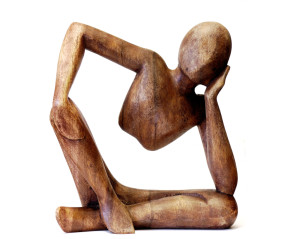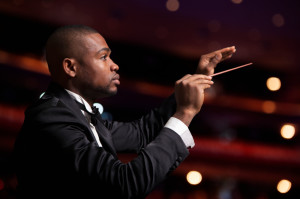“The first inner vision of a choreutic shape and the first inner vision of any architectural creation or an abstract drawing have a great resemblance. The invention of an architectural, plastic or pictorial form is, in reality, a choreutic phrase.”
Rudolf Laban, Mastery of Movement, p. 115
Over my years in the field of dance and movement studies, I became increasingly curious about exploring the relationship between architectural practice and movement.
For some, this may seem an odd pairing. Architects design and create solid, tangible structures that are more or less unchanging over time; dancers articulate liminal traceforms that vanish before your eyes. But a closer look easily reveals what’s essential to both disciplines: space as a medium for creating three-dimensional patterns.
So it was with that perspective that I embarked on a project to see what Laban Movement Analysis could bring to the education of architecture students. Could a choreutic perspective inform and expand their sense of space? How might it influence approaches to the shaping of space and form? Could it support the students’ ability to “read” sites more sensitively? Could it inspire a greater imagination for the uses of materials?
With the collaborative assistance of architecture faculty at UW-Milwaukee I began to explore these questions in 2010.
Since that time we’ve developed approaches that link Laban-based movement study to architectural studio projects; that is, we develop movement “research” for students to engage that will support the execution of specific design assignments.
 One of our more successful projects addressed the architectural notion of “suture.” In most cases people consider the space between forms or objects as a void keeping them apart. The “suture” proposes the opposite; it suggests that the space, far from being neutral, is active and serves to hold its surrounding forms together. Furthermore, the space can have a character of its own apart from the forms that surround it. Architects need to acquire the skill of visualizing the space without its peripheral or enclosing solids.
One of our more successful projects addressed the architectural notion of “suture.” In most cases people consider the space between forms or objects as a void keeping them apart. The “suture” proposes the opposite; it suggests that the space, far from being neutral, is active and serves to hold its surrounding forms together. Furthermore, the space can have a character of its own apart from the forms that surround it. Architects need to acquire the skill of visualizing the space without its peripheral or enclosing solids.
We created a research sequence that involved solo and group movement work, observation and drawing, which culminated in creating 3-dimensional models of a suture. The results – unusual and evocative expressions of space – lead to rich discussions about the relationship of movement and spatial/architectural design.
As one student noted: The movement work was successful in prompting us to consider our bodies as space-making devices rather than as mere sculptural objects. [It] forced us to think about space in a much more intimate way, not as vast and far removed from us, but as something we can immediately touch or express with our bodies.
Clearly, Laban-based movement work can contribute a valuable component to architecture education. The work continues.



 One of our more successful projects addressed the architectural notion of “suture.” In most cases people consider the space between forms or objects as a void keeping them apart. The “suture” proposes the opposite; it suggests that the space, far from being neutral, is active and serves to hold its surrounding forms together. Furthermore, the space can have a character of its own apart from the forms that surround it. Architects need to acquire the skill of visualizing the space without its peripheral or enclosing solids.
One of our more successful projects addressed the architectural notion of “suture.” In most cases people consider the space between forms or objects as a void keeping them apart. The “suture” proposes the opposite; it suggests that the space, far from being neutral, is active and serves to hold its surrounding forms together. Furthermore, the space can have a character of its own apart from the forms that surround it. Architects need to acquire the skill of visualizing the space without its peripheral or enclosing solids.
